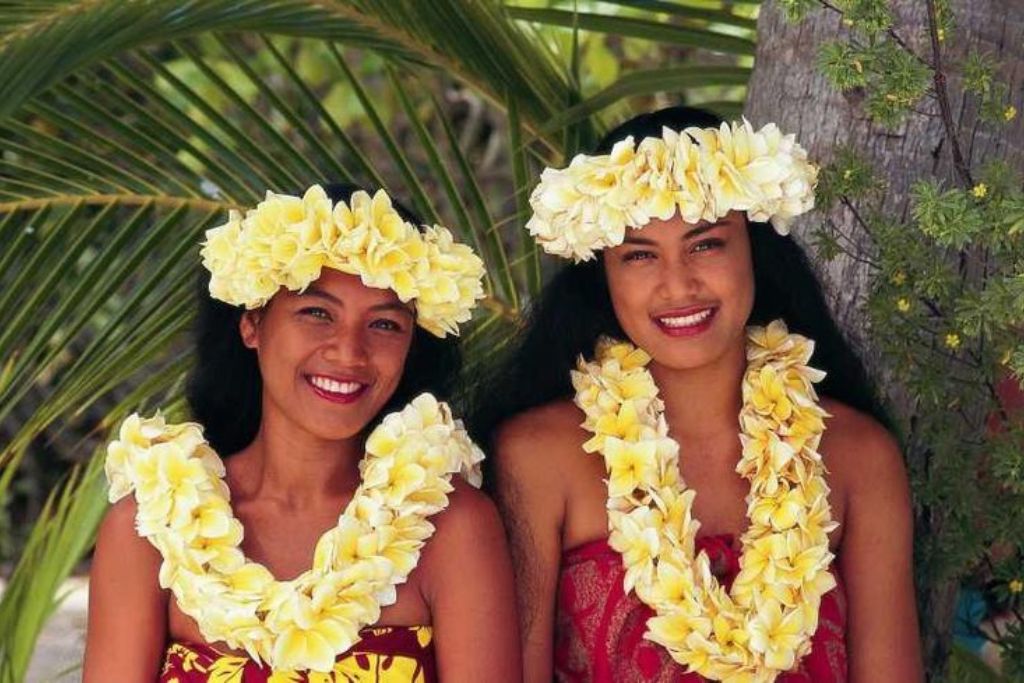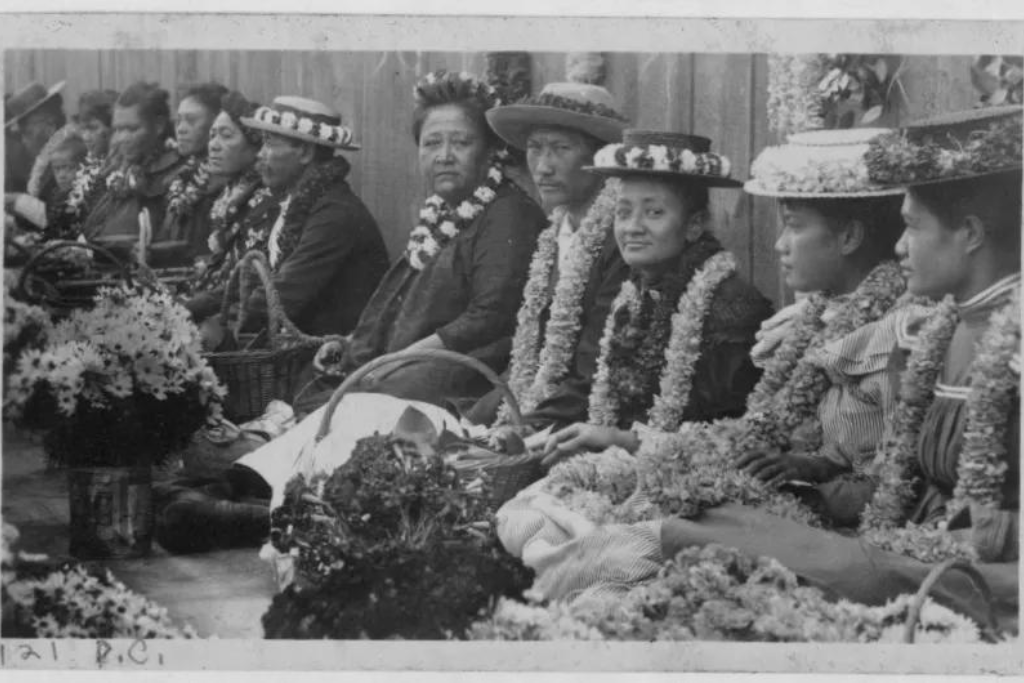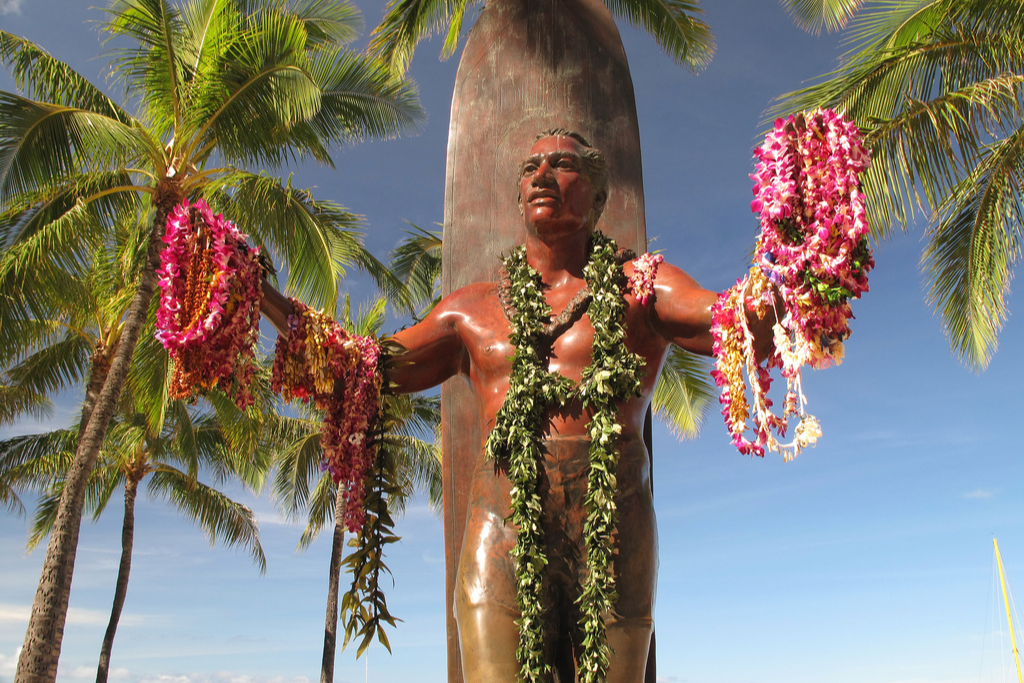Lei Day: Explore The Meaning And How to Celebrate This Festival
Posted by Anna on 26th Apr 2023
If there is one thing that embodies the tropics, and more specifically Hawaii, it is the Lei, a vibrant and joyful string of flowers. Lei Day honors these customary presents given to island guests and raises awareness of other aspects of it that a casual visitor would not be aware of. This festival emphasizes the aloha spirit and Hawaiian culture.
When is Lei Day?

Lei Day
In Hawaii, Lei Day is a national holiday. Every year on May 1st, the festivities start in the morning and go into the following day. Lei Day became a recognized holiday in 1929. The people of Hawaii can choose from a variety of different lei to wear during the festivities. The state of Hawaii has moved the event's location as the celebrations have grown steadily each year.
If you are interested in Hawaii Bedding Sets, please visit our online store HERE. In particular, we have a 15% discount code exclusively for the readers reading this article! Please insert code: POLYBLOG15 for your cart. Happy shopping!
The meaning of the lei

Lei
The lei is significant in Hawaiian culture because it is intended to stand in for the unsaid statement of aloha. Aloha can be understood in a number of different ways. It can be a symbol of joy, love, hope, or a farewell depending on the situation. There are no limitations on the metaphorical meaning they can have.
Therefore, these are only a handful. Although the lei only lasts a short time, the thought is said to last a lifetime. On Lei Day, this custom is practiced on all of the major islands. Each island celebrates the festival in a unique fashion, and each island has a unique native plant used to make the lei. as well as various methods of building them.
In addition to being worn on Lei Day, leis are also worn on special days like birthdays, marriages, and graduations. Polynesian sailor ships from Tahiti introduced the custom. One of the most revered leis in the past, maile leis were employed in peace treaties between conflicting peoples.
In addition to serving as a means of adornment, the lei was also used to separate different social groupings. Unspoken guidelines for wearing it include covering your shoulders, keeping it on while around the person who gave it to you, and not denying it out of respect. The lei has evolved over time to become a widely recognized Hawaii greeting for many tourists each year.
The history of Lei Day

Lei Day
The Lei has had a significant impact on the native Hawaiian people's history and culture. The islands are lush and bountiful playgrounds full of exuberant color and music that create a cacophony of serenity and relaxation, as anybody who has ever been there or seen photos of them knows. From the vivid red lehua blossom from the Big Island to the vivid yellow Kauna'o flower from Lanai, each of the islands has a flower that symbolizes them.
Lei Day was first celebrated in 1929, but festivities had already begun there two years earlier, in 1927, at the Bank of Hawaii before moving on to Kapi'olani Park. Celebrations of the day showcase the variety of cultures that have come to call the islands home while occasionally becoming confrontational. A beautiful fusion culture that is fundamentally Hawaiian has been created by incorporating everything from musical traditions to dancing forms.
There are worries that as years pass, the merging of cultures on the islands would lead to the loss of the Hawaiian cultural identity and a reduction in ethnic values. By promoting Hawaiian culture and celebrating it, the festivities tread a fine line between these competing interests.
If you are interested in Hawaii Sarong Collection, please visit our online store HERE. In particular, we have a 15% discount code exclusively for the readers reading this article! Please insert code: POLYBLOG15 for your cart. Happy shopping!
In Hawaiian Culture

Lei
Lei Day honors Hawaiian tradition and the spirit of aloha. Leis are frequently given as gifts to one another on celebratory occasions. In addition to performing plays, schools choose a Lei Day court of Kings and Queens to represent the many islands. Each island has a unique emblem made up of a hue and a flower.
Maui is pink, Oahu is yellow, Molokai is green, Lanai is orange, Kahoolawe is gray, Kauai is purple, and Niihau is white. Hawaii (the major island) is red. Lehua, lokelani, 'ilima, kukui, kauna'oa, hinahina, mokihana, and a pupu shell are the flowers in the same sequence. The only island without a plant serving as its emblem is Niihau.
Ways to observe this festival

Lei Day
Depending on the occasion and material of the lei, it can signify everything from joy to love to goodbye. Pick a few islands to visit during the holiday if you're on one of the islands because each one celebrates differently.
If you're not near an island, consider learning more about the meaning of the lei and giving your own to those you care about. Wherever you are, it can be a terrific way to bring a little bit of Hawaiian culture and the tropics into your life.
Check out our Hawaii Polo Shirt Collection at HERE. In particular, we have a 15% discount code exclusively for the readers reading this article! Please insert code: POLYBLOG15 for your cart. Happy shopping!




